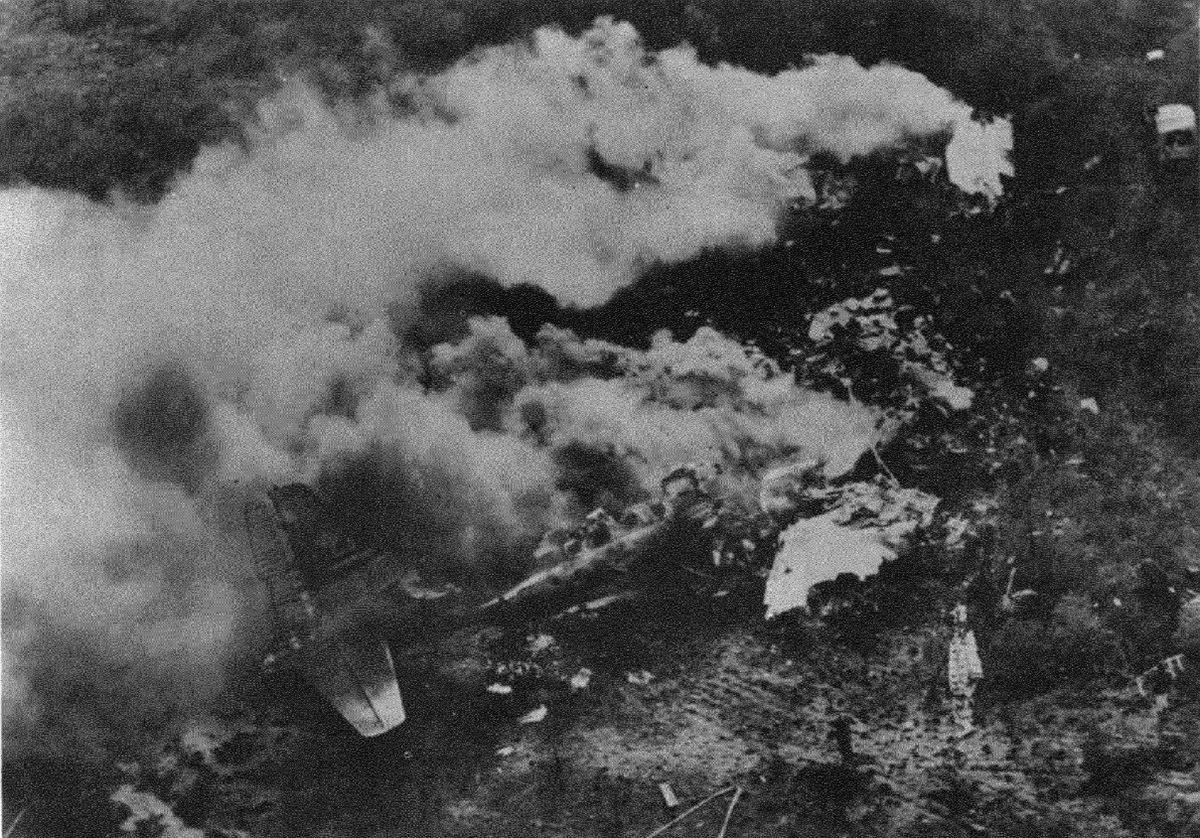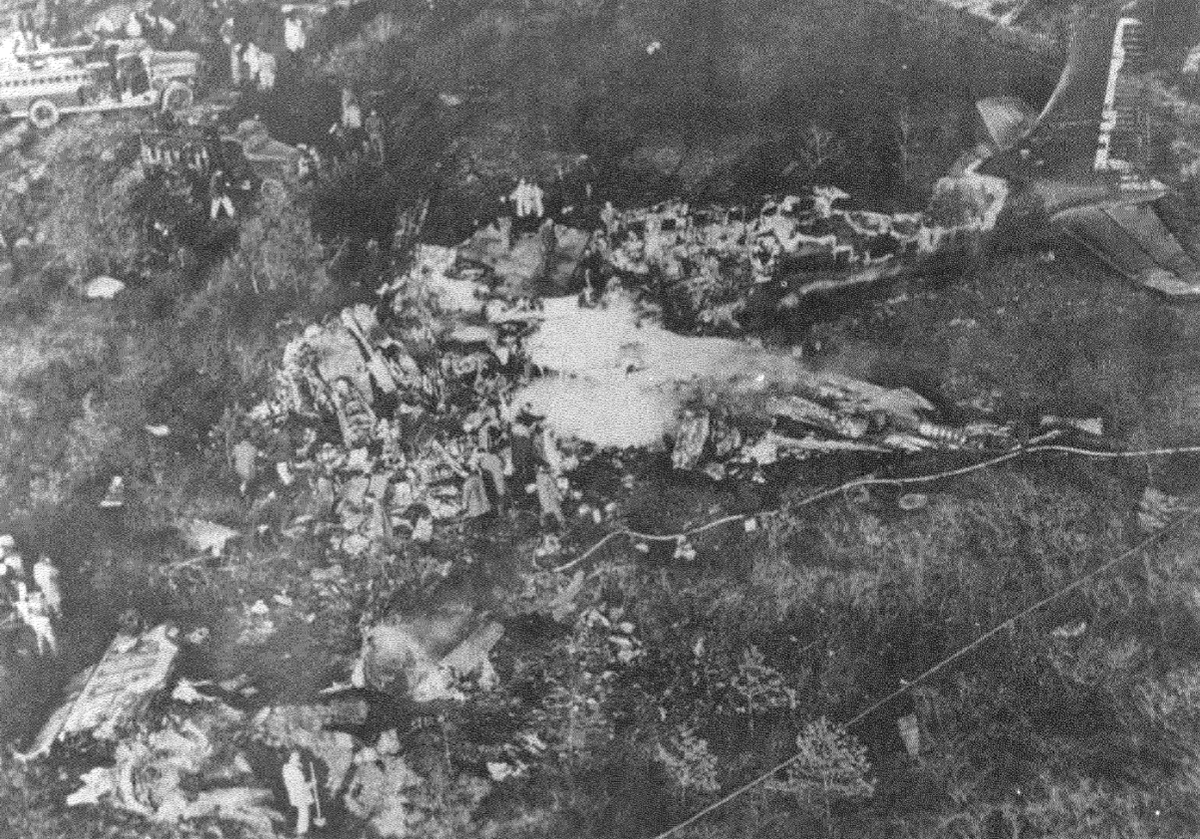Crash of a Douglas C-47A-10-DK near Barnesville: 1 killed
Date & Time:
Registration:
44-108869
Survivors:
Yes
Schedule:
Baltimore – Columbus
MSN:
12538
YOM:
1944
Crew on board:
4
Crew fatalities:
Pax on board:
10
Pax fatalities:
Other fatalities:
Total fatalities:
1
Circumstances:
The aircraft was completing a flight from Baltimore to Columbus on behalf of the Ohio National Guard. Enroute, an engine failed and all ten passengers bailed out. The crew elected to make an emergency landing when the aircraft struck trees and crashed in a dense wooded area located about 15 miles east-southeast of Barnesville. A passenger whose parachute failed to open was killed.
Probable cause:
Engine failure in flight.









